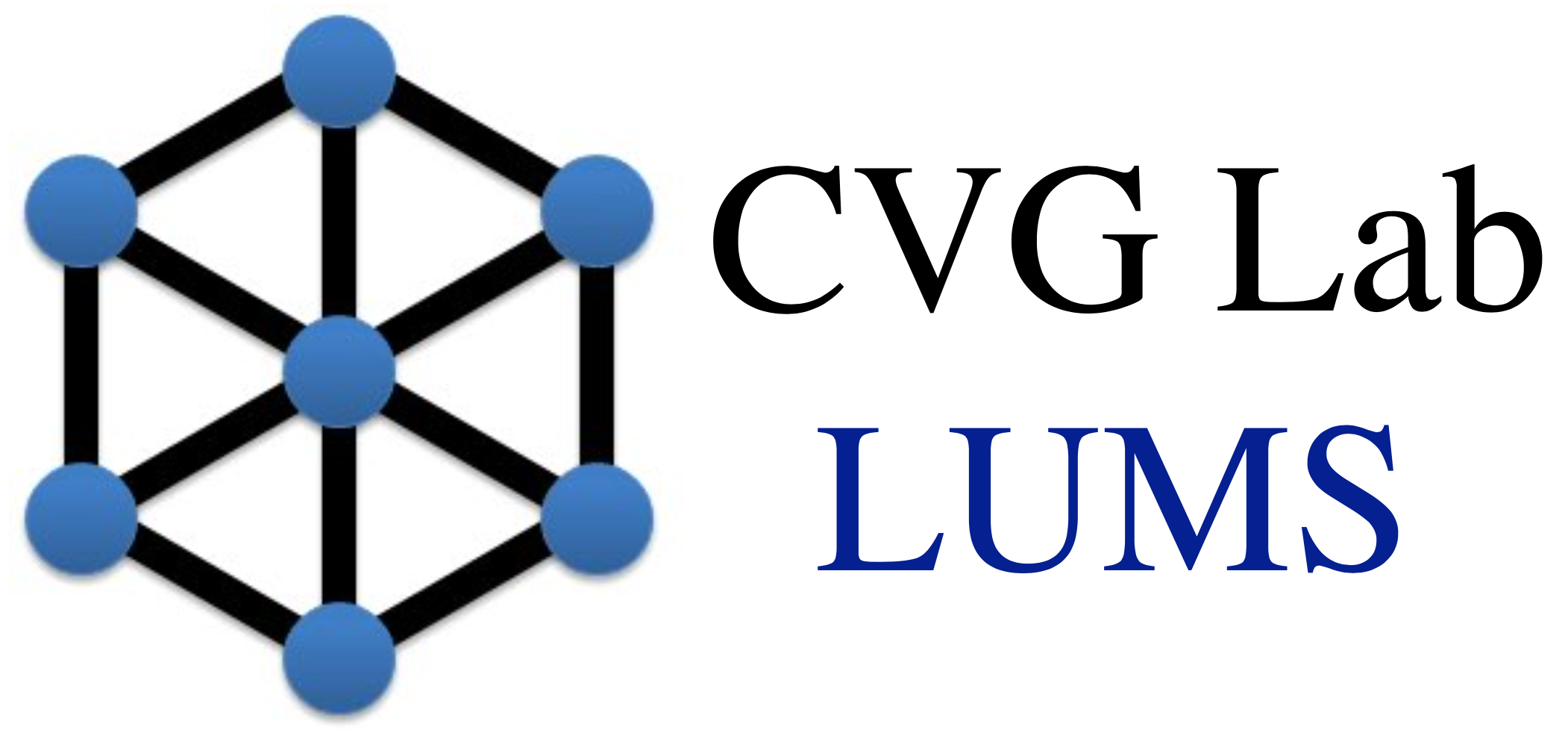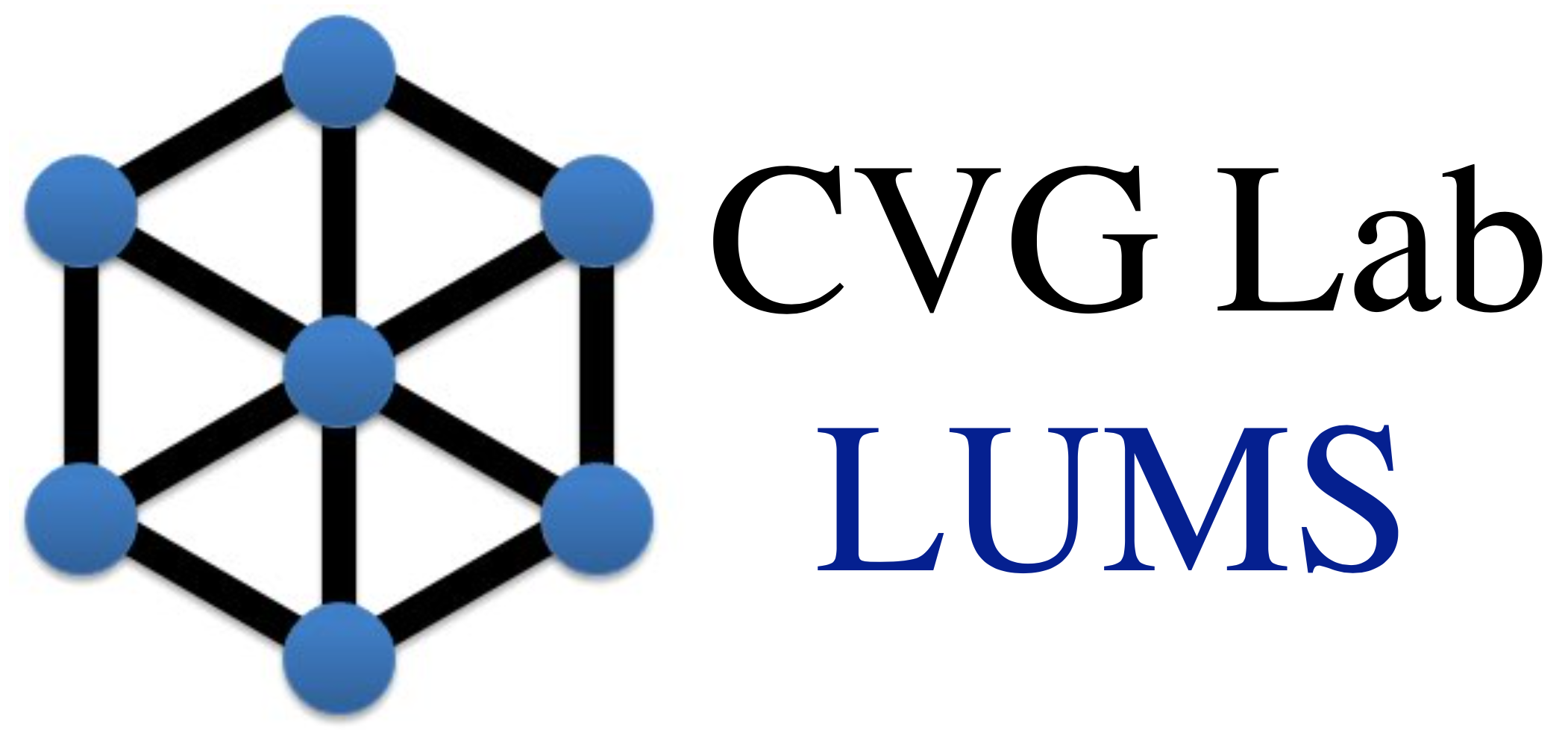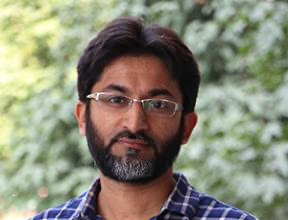ICASSP 2019 – Using 3D Residual Network For Spatio-Temporal Analysis Of Remote Sensing Data

Muhammad Ahmed Bhimra, Usman Nazir, Murtaza Taj
International Conference on Acoustics, Speech and Signal Processing (ICASSP), Brighton, UK, May 12-17, 2019
Abstract
In this paper, we propose an approach to recognize spatio-temporal changes from remote sensing data. Instead of performing independent analysis on each instance of satellite imagery, we proposed a 3D Convolutional Neural Network (CNN) based on the ResNet architecture. Our approach that takes as input a 3D spatio-temporal block comprising of spatial as well as temporal data from multiple years and predicts four key transition classes namely construction, destruction, cultivation and decultivation. In our proposed architecture we introduced Leaky ReLU instead of ReLU which imporves the overall performance as it solves the dying ReLU problem. We also provided dataset and annotation for these four classes and have evaluated the efficacy of our approach on data from three different cities.
Resources
Annotated Dataset 2C2D: dataset
If you happen to use the data set, please refer to the following paper:
Text Reference:
Muhammad Ahmed Bhimra, Usman Nazir, Murtaza Taj, "Using 3d Residual Network For Spatio-Temporal Analysis Of Remote Sensing Data", International Conference on Acoustics, Speech and Signal Processing (ICASSP), Brighton, UK, May 12-17, 2019
Bibtex Reference:
@inproceedings{ResNet3DLeakyReLU2019,
author = "Muhammad Ahmed Bhimra and
Usman Nazir and
Murtaza Taj",
title = "Using 3d Residual Network For Spatio-Temporal Analysis Of Remote Sensing Data",
booktitle = "International Conference on Acoustics, Speech and Signal Processing (ICASSP)",
month = "May ",
year = "2019", }





